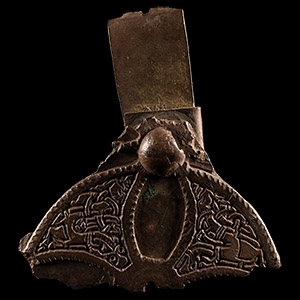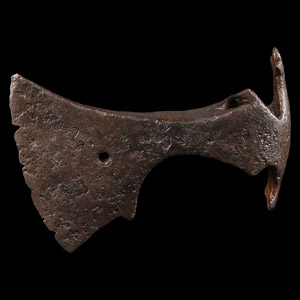Home > Auctions > 23 - 27 May 2023
Ancient Art, Antiquities, Natural History & Coins
Auction Highlights:
London art market before 2000.
Property of an Essex gentleman.
From the collection of a North American gentleman, formed in the 1990s.
From the collection of a North American gentleman, formed in the 1990s.
Cf. Roesdahl, E., Wilson D.M., From Viking to Crusader: The Scandinavians and Europe 800 to 1200 (22nd Council of Europe Exhibition), Copenhagen, 1992, for a similar pendant in the famous great Gnezdovo hoard, p.20.
In the Gnezdovo Hoard, 46 beads of sheet silver, most with granulation of Slav character, others with filigree, were part of one of the greatest Viking treasure found in the East. The jewellery, most of Scandinavian or Slav character, show the great mix of style and decoration which ornamented the dress and the garments of the Vikings in the East.
From the collection of a North American gentleman, formed in the 1990s.
Cf. The British Museum, museum number 2011,8022.1 and 1921,1101.375, for comparable rings in gold.
Found Dragonby, Lincolnshire, UK.
Acquired late 1980s-early 1990s.
Ex private collection, Nottinghamshire, UK.
From the collection of a North American gentleman, formed in the 1990s.
From the collection of a North American gentleman, formed in the 1990s.
From the collection of a North American gentleman, formed in the 1990s.
From the collection of a North American gentleman, formed in the 1990s.
UK private collection, acquired in the 1980s.
Cf. Webster, L. & Backhouse, J., The Making of England. Anglo-Saxon Art and Culture AD 600-900, London, 1991, item 246 (a,b), for type.
The piece has the appearance of hack-silver in the light of the rough treatment it has received and the breakages.
From the collection of a North American gentleman, formed in the 1990s.
Cf. The British Museum, museum number 1852,0329.242, for broad type, in copper-alloy.
Acquired 1971-1972.
From the collection of the vendor's father.
Property of a London, UK, collector.
Cf. Arbman, H., Birka I: Die Gräber, Uppsala, 1940, pl.14(1).
Iron axeheads of this typology, diffused especially in the regions of the Baltic Sea where they were imported from Scandinavia, show a sub-trapezoidal asymmetrical blade, often perforated through the centre. They are characterised by two projections spurs from the top and the bottom of the back of the shaft-hole.
1189 - 1200 of 2508 LOTS

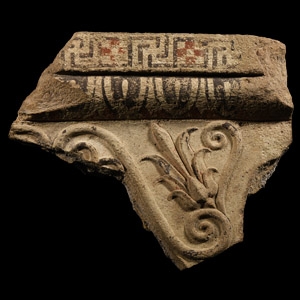
.jpg)


.jpg)
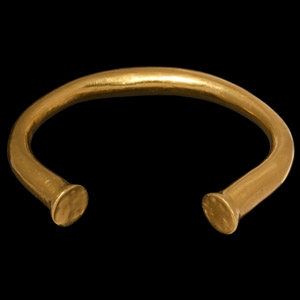
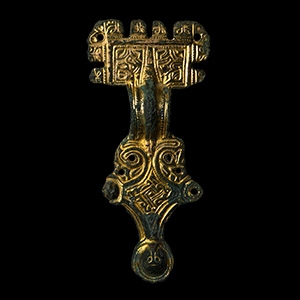

.jpg)
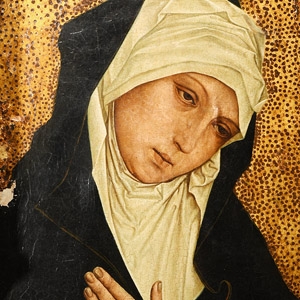

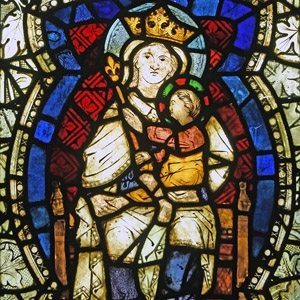
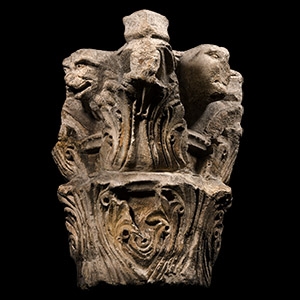
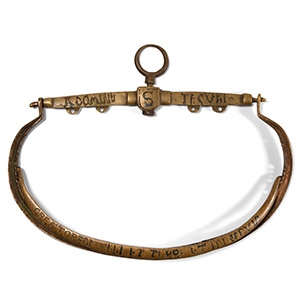
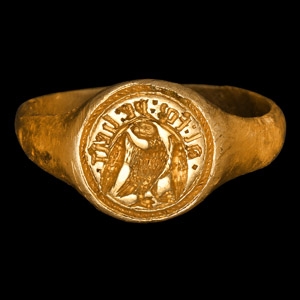
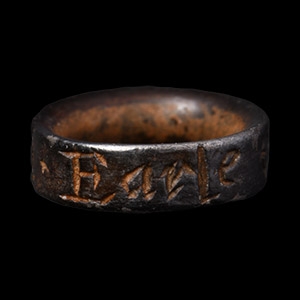
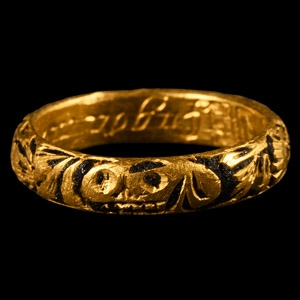
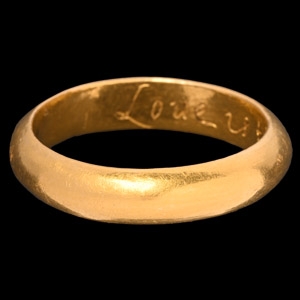
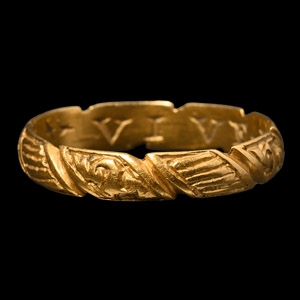
![English Milled Coins - George VI - 1937 - Cased RM Proof Coronation Gold Set [4] English Milled Coins - George VI - 1937 - Cased RM Proof Coronation Gold Set [4]](https://timelineauctions.com/upload/images/items/small/203351-s(2).jpg)
.jpg)
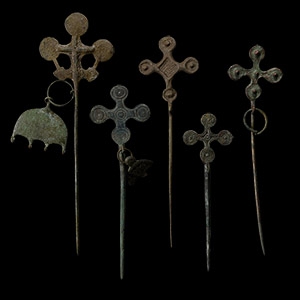

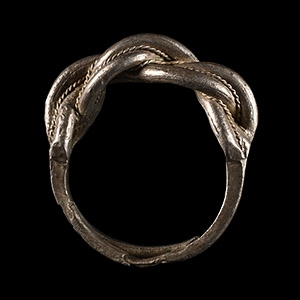
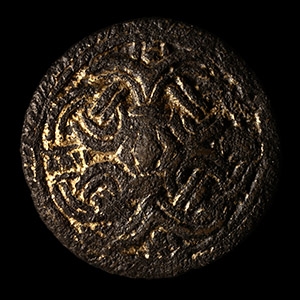
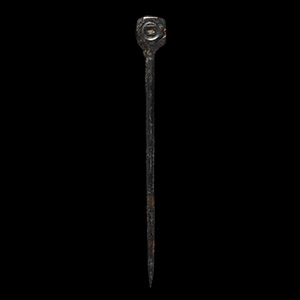
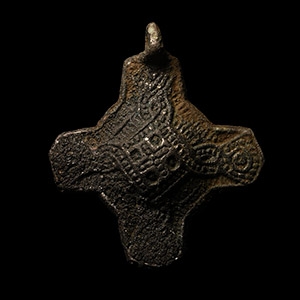
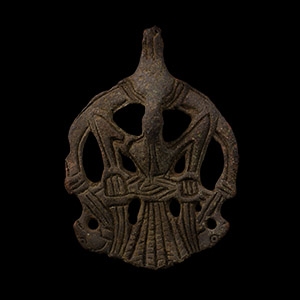
.jpg)
